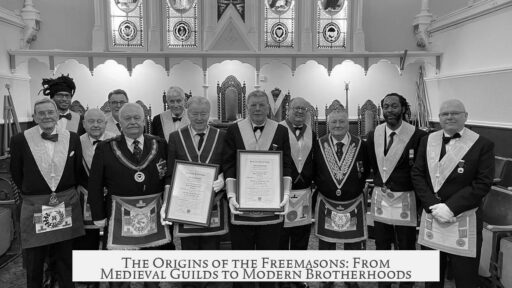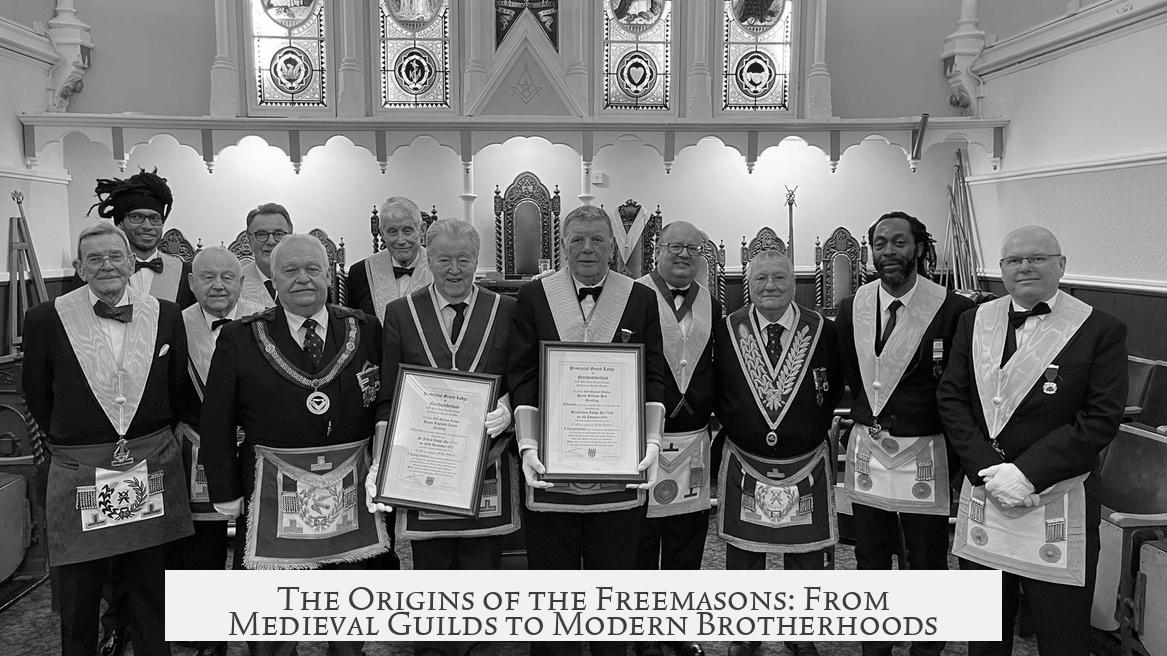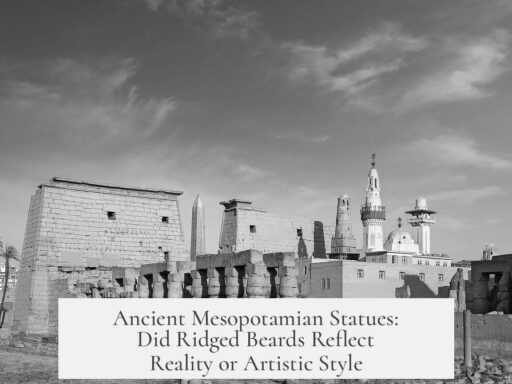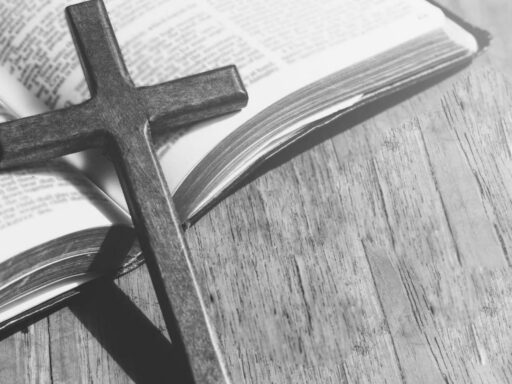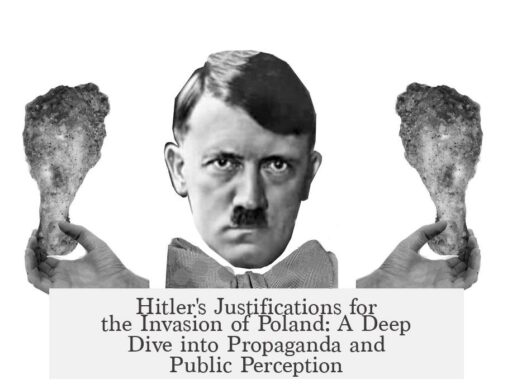The origins of the Freemasons trace back primarily to medieval masonry guilds in Britain and France. These guilds initially included only operative stonemasons but gradually admitted non-masons after the English Civil War. Over time, the organization evolved into a society embracing symbolic teachings and esoteric knowledge.
Freemasonry gained traction among freethinkers, dissenters, and gentlemen interested in self-improvement and enlightenment. It taught equality and personal development through ritual and symbols. Some members saw it as more than a social club, turning it into a forum for philosophical and moral discussions.
Historian David Stevenson, in his 1988 work The Origins of Freemasonry: Scotland’s Century, 1590-1710, argues that modern Freemasonry began around the 1600s in Scotland. This emergence is linked to William Schaw, who formalized rituals and organized lodges focused on ceremonial practice rather than guild tradition. Schaw’s reforms mark a turning point from operative to speculative Masonry.
The United Grand Lodge of England (UGLE), often regarded as the foundational body of Freemasonry, was not formed until 1717. This later formation caused disputes since the UGLE claims to be the fraternity’s origin. Many scholars challenge this assertion, favoring Scotland’s earlier lodges as the true source.
Alternative perspectives exist beyond the Scotland thesis. For instance, Margaret C. Jacobs’ 2007 book The Origins of Freemasonry provides a broader context. Additionally, Steven C. Bullock offers a comprehensive review of scholarship on European Freemasonry, highlighting ongoing debates about its beginnings and influence on the Enlightenment.
Freemasonry itself attributes its roots to the builders of King Solomon’s Temple, according to tradition. This biblical origin associates the fraternity with ancient geometry and arithmetic knowledge. Over centuries, what started as operative masonry work transformed into speculative Masonry—imbuing tools and measurements with moral and philosophical meanings.
For example, the 24-inch gauge tool symbolizes the division of a day into three parts: work, refreshment, and worship. This exemplifies how Masonry turned practical tools into lessons about time management and ethical living.
The exact point when operative Masonry became speculative is uncertain. High secrecy surrounds Masonic teachings, as members are forbidden from recording or publicly revealing lessons. This secrecy contributed to historical records being sparse, lost, or obscured over time.
Some speculation ties the Masons to the Knights Templar, with theories suggesting a historical overlap or influence. However, concrete evidence for this connection remains debated, focusing more on symbolic or allegorical links rather than documented lineage.
Modern Freemasonry took shape in the late 1600s and early 1700s amid disputes about how rituals should be conducted, the interpretation of teachings, and rules of conduct. Without a central authority, different lodges varied in practice, causing confusion and fragmentation.
To resolve these disputes, the first United Grand Lodge of England convened in 1723, formalizing Freemasonry’s organization. This meeting led to the Anderson Constitution, an official document outlining governance, rituals, and principles. The constitution provided structure and legitimacy to Freemasonry as a cohesive fraternity.
| Year | Event | Significance |
|---|---|---|
| 1600s (circa 1590-1710) | William Schaw organizes lodges in Scotland | Shift from operative to speculative Masonry |
| 1717 | Formation of first lodges in London | Precursor to United Grand Lodge of England |
| 1723 | United Grand Lodge of England convened | Official organization and adoption of Anderson Constitution |
In summary, Freemasonry originates from medieval guilds with later significant development in Scotland around the 17th century. The fraternity evolved from practical masonry to a symbolic, philosophical society. The United Grand Lodge of England formalized the fraternity in the early 18th century. Historical debate and secrecy obscure exact origins, contributing to various theories and interpretations.
- Freemasonry began as operative masonry guilds, evolving to speculative Masonry emphasizing symbolism and philosophy.
- William Schaw’s 17th-century reforms in Scotland shaped modern Freemasonry’s ritual and structure.
- The United Grand Lodge of England was formed in 1723 to resolve disputes and govern the fraternity officially.
- Freemasonry’s origins include traditional ties to Solomon’s Temple and possible but debated connections to the Knights Templar.
- Secrecy and sparse records challenge historians, resulting in ongoing scholarly debate about precise beginnings.
The Origins of the Freemasons: Unraveling a Timeless Mystery

So, where did the Freemasons come from? At its core, Freemasonry springs from the medieval masonry guilds of Britain and France. However, like any good mystery, the story isn’t straightforward, and the real origins mix tradition, symbolism, and a pinch of secrecy.
The tale kicks off with the Scotland Thesis, a compelling explanation supported by historians and insiders alike. According to this view, Freemasonry’s modern form first bloomed in Scotland around 1600. A man named William Schaw, who acted like the ultimate backstage director, set forth the rituals and established new chapters. These lodges cared less about old guild traditions and more about ceremony and symbolism.
Before you imagine secret handshakes and mysterious symbols as mere fanfare, consider this: these early lodges became spaces for conversations about self-improvement, equality, and enlightenment. No surprise that freethinkers, dissenters, and curious gentlemen flocked to them. It was less a builders’ club and more a cult of brains—crafting wisdom alongside stones.
Medieval Guilds and the Shift from Operative to Speculative
Originally, the groups were operative guilds, made up of workers, apprentices, and master stonemasons—the real deal, hammer and chisel at hand. Their roots trace—at least in legend—to King Solomon’s Temple. This biblical origin story ties them to ancient geometry and arithmetic wisdom, supposedly taught to temple craftsmen.
The big twist came later with speculative masonry. Instead of carving stones, members carved ideas. Tools like the 24-inch gauge transformed from practical devices into symbols teaching life balance—dividing your 24 hours into work, rest, and worship. This shift blurred lines, making the group as much about philosophy as physical craft.
But here’s a puzzle: exactly when this change happened? That’s enshrouded in secrecy, partly because one of masonry’s strictest tenets is that teachings are secret and not to be jotted down for everyone to see. So, many historical records simply vanished, lost to time and discretion.
The Knights Templar Connection and Historical Debates
The Freemasons themselves hint at ties to the Knights Templar. While historians debate this link’s specifics, it fuels the allure—and adds historical depth. Imagine knights sworn to secrecy, meeting at shadowed lodge rooms, handing down wisdom through centuries. It’s part fact, part legend, a story that fascinates and puzzles scholars and curious minds alike.
This connection is often used to explain why Freemasonry carries such high regard for ritual and secrecy. Yet, it’s important to know that while speculation runs rampant, historical proof remains elusive.
The Rise of the United Grand Lodge of England
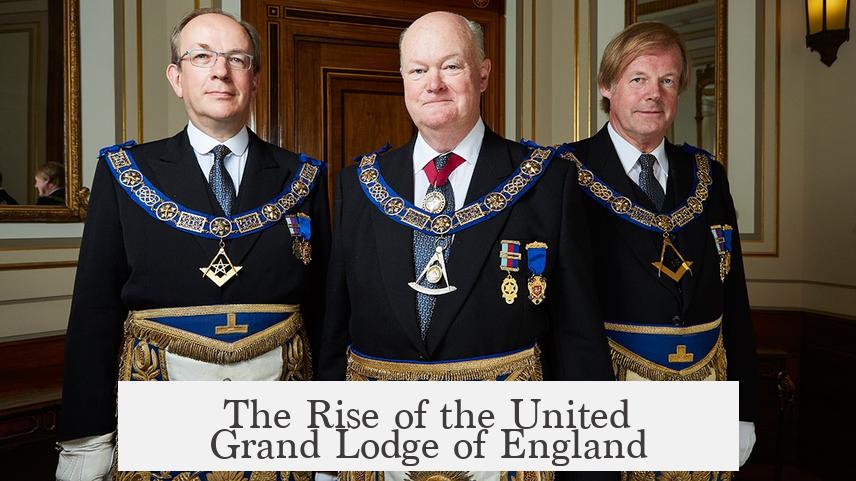
Fast-forward to the late 1600s through the early 1700s: Freemasons wrestle internally over how rituals should be conducted and what the teachings meant. Without a central authority, confusion brewed. Then came the sharp minds in London who realized something had to give.
In 1717, a handful of lodges united to create what became the United Grand Lodge of England. They formed the first governing body to oversee Masonic conduct. But here’s the kicker: despite claiming to be the “mother lodge,” this foundation story is hotly disputed. Some argue true roots lie in Scotland, not London.
To put an official stamp on this, a 1723 document called the Anderson Constitution emerged. It laid down rules and rituals, moving Freemasonry toward formal organization and setting the stage for its future worldwide growth.
Different Takes From Modern Scholars
Not everyone agrees with the Scotland Thesis or London’s claim. Margaret C. Jacobs, in her 2007 book The Origins of Freemasonry, explores alternative versions of the tale. Steven C. Bullock, meanwhile, reviews these debates in his essay “Initiating the Enlightenment?” offering insight into how Freemasonry fits into European history and its role in spreading Enlightenment ideas.
This tussle over origins shows Freemasonry isn’t just some old club—it’s a complex institution reflecting cultural, intellectual, and political shifts over centuries.
Why Does This Matter Today?
Understanding where Freemasonry started reveals much about what it represents: a mix of craftsmanship, philosophy, and human connection. From stonecutters to philosophers, it serves as a metaphorical workshop shaping not just stone, but character.
Plus, the idea that a 24-inch gauge can teach life balance might make you rethink your own daily schedule. Could working, resting, and reflecting in equal parts be the secret to a fulfilling life? Freemasons seem to believe so.
Next time you hear about mysterious handshakes or secret meetings, remember: behind the veil lies a story of transformation—from medieval guilds to modern philosophical lodges—full of real people wrestling with ideas that still resonate today.
So, what do you think? Does the story of Freemasonry’s origins inspire you or make you want to decode more of their secrets? Either way, it’s a fascinating slice of history worth pondering.
